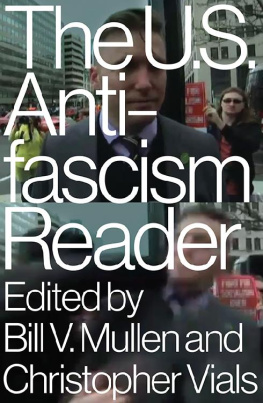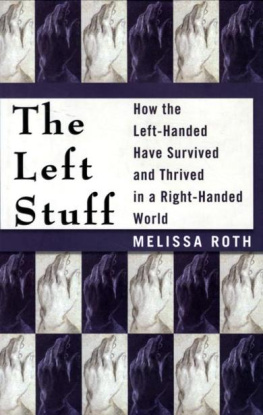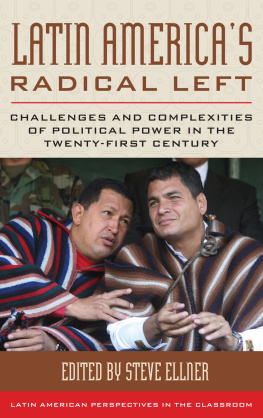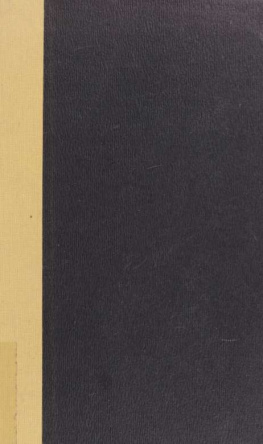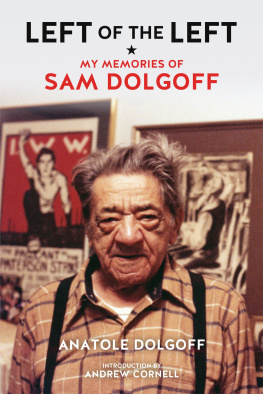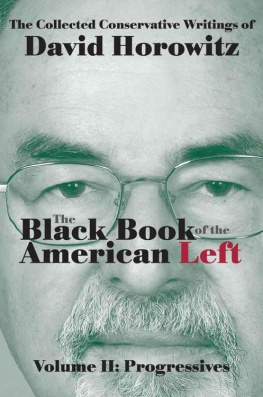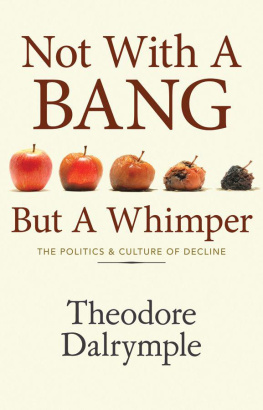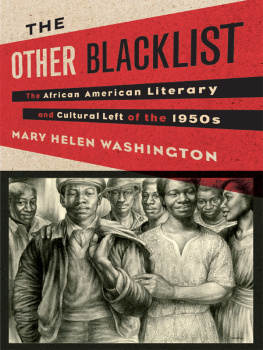Bill V. Mullen - Left of the Color Line: Race, Radicalism, and Twentieth-Century Literature of the United States
Here you can read online Bill V. Mullen - Left of the Color Line: Race, Radicalism, and Twentieth-Century Literature of the United States full text of the book (entire story) in english for free. Download pdf and epub, get meaning, cover and reviews about this ebook. year: 2012, publisher: The University of North Carolina Press, genre: Politics. Description of the work, (preface) as well as reviews are available. Best literature library LitArk.com created for fans of good reading and offers a wide selection of genres:
Romance novel
Science fiction
Adventure
Detective
Science
History
Home and family
Prose
Art
Politics
Computer
Non-fiction
Religion
Business
Children
Humor
Choose a favorite category and find really read worthwhile books. Enjoy immersion in the world of imagination, feel the emotions of the characters or learn something new for yourself, make an fascinating discovery.

- Book:Left of the Color Line: Race, Radicalism, and Twentieth-Century Literature of the United States
- Author:
- Publisher:The University of North Carolina Press
- Genre:
- Year:2012
- Rating:3 / 5
- Favourites:Add to favourites
- Your mark:
Left of the Color Line: Race, Radicalism, and Twentieth-Century Literature of the United States: summary, description and annotation
We offer to read an annotation, description, summary or preface (depends on what the author of the book "Left of the Color Line: Race, Radicalism, and Twentieth-Century Literature of the United States" wrote himself). If you haven't found the necessary information about the book — write in the comments, we will try to find it.
Tracing the development of the Left over the course of the last century, the essays connect the Old Left of the pre-World War II era to the New Left and Third World nationalist Left of the 1960s and 1970s, as well as to the multicultural Left that has emerged since the 1970s. Individual essays explore the Left in relation to the work of such key figures as Ralph Ellison, T. S. Eliot, Chester Himes, Harry Belafonte, Americo Paredes, and Alice Childress. The collection also reconsiders the role of the Left in such critical cultural and historical moments as the Harlem Renaissance, the Cold War, and the Black Arts Movement of the 1960s and 1970s.
The contributors are Anthony Dawahare, Barbara Foley, Marcial Gonzalez, Fred Ho, William J. Maxwell, Bill V. Mullen, Cary Nelson, B. V. Olguin, Rachel Rubin, Eric Schocket, James Smethurst, Michelle Stephens, Alan Wald, and Mary Helen Washington.
Contributors:
Anthony Dawahare, California State University, Northridge (Northridge, Calif.)
Barbara Foley, Rutgers University (Newark, N.J.)
Marcial Gonzalez, University of California, Berkeley (Berkeley, Calif.)
Fred Ho, New York, N.Y.
William J. Maxwell, University of Illinois at Urbana-Champaign (Urbana-Champaign, Ill.)
Bill V. Mullen, University of Texas at San Antonio (San Antonio, Tex.)
Cary Nelson, University of Illinois at Urbana-Champaign (Urbana-Champaign, Ill.)
B. V. Olguin, University of Texas at San Antonio (San Antonio, Tex.)
Rachel Rubin, University of Massachusetts-Boston (Boston, Mass.)
Eric Schocket, Hampshire College (Amherst, Mass.)
James Smethurst, University of Massachusetts-Amherst (Amherst, Mass.)
Michelle Stephens, Mount Holyoke College (South Hadley, Mass.)
Alan Wald, University of Michigan (Ann Arbor, Mich.)
Mary Helen Washington, University of Maryland (College Park, Md.)
-->
Bill V. Mullen: author's other books
Who wrote Left of the Color Line: Race, Radicalism, and Twentieth-Century Literature of the United States? Find out the surname, the name of the author of the book and a list of all author's works by series.

